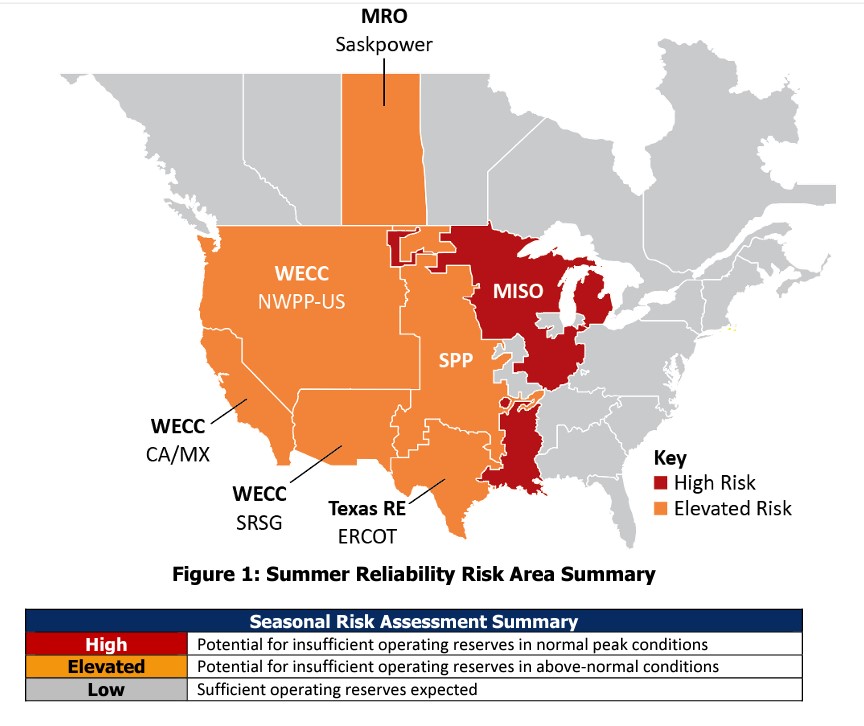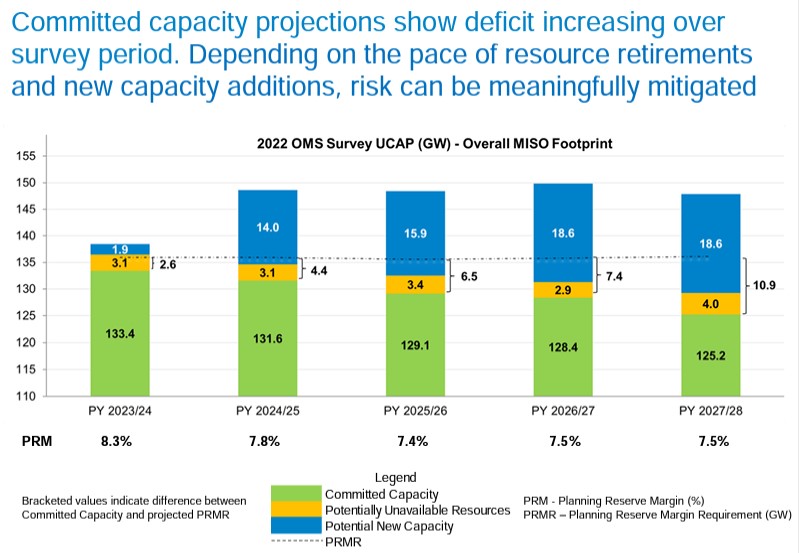Coal plants help offset huge rate hikes on Xcel Energy’s system, but they won’t if we tear them down
Mike Hughlett at the Star Tribune wrote an excellent story last week detailing how Xcel Energy dropped its highly contested request for a $122 million rate increase in 2023, which would have increased electricity bills for Minnesota families and businesses by six percent.
One reason Xcel dropped its rate increase request was an accounting change that saved $53.9 million from its rate request by extending the depreciable life of several wind farms and its Monticello nuclear power plant. This lowered the annual costs of the plants by extending the amount of time the company would pay for these assets, similar to how a person can reduce the monthly payment on a car by extending the term of their loan.
But the more significant reason was higher payments for having reliable power plant capacity available to sell into the regional electric grid, the Midcontinent Independent Systems Operator (MISO), which resulted in Xcel earning an additional $65 million.
Different types of markets exist within MISO to help keep the lights on. There is an energy market where power plants bid against each other to provide electricity and to ensure that the supply meets the demand for energy, and there is a capacity market, which compensates electric companies for having reliable power plants available to generate a specified amount of electricity at any given moment to ensure reliability when the power is needed.
In MISO, the grid operator holds a capacity auction where power companies bid capacity into the market that can be called upon to generate power when needed, but there was not enough reliable capacity offered into this auction this year, resulting in a 1,200 megawatt (MW) capacity shortfall.
This shortfall is why the North American Electric Reliability Corporation (NERC) said MISO was at a high risk of rolling blackouts last summer.

The 1,200 MW capacity shortfall drastically increased the price MISO paid to electric companies with reliable power plant capacity in the auction. For example, in previous years, MISO paid $5 per megawatt (MW) per day, but this year that price skyrocketed to $236.66 per MW per day in the northern regions of MISO, including Minnesota, where the shortfall exists.

The higher payments for reliable power plants mean that the coal, nuclear, and natural gas plants on Xcel Energy’s system are generating 47 times more revenue in the capacity markets than they were last year.
The table below shows select power plants owned by Xcel Energy and the revenue the plant is making in the capacity market. As you can see, the coal plants that were earning $1.2 million per year in the capacity markets in 2021 are now earning $58.8 million per year in 2022.

This means that the coal plants on Xcel’s system brought in $196.3 million in capacity credits this year.
However, Xcel did not receive a check for this amount because the company must also buy capacity back from MISO (I know, it’s complicated) for $237 per MW per day for its own system needs, which means most of the capacity credits Xcel receives are offset by debits.
Xcel’s excess capacity revenues of $65 million suggest that the utility offered around 751 MW of power plant capacity that it did not need to meet its internal capacity requirements into MISO’s capacity market, hence the increase in revenues.
MISO documents warn that the capacity shortfalls on its system could get worse in the coming years if new power plant generation does not come online to make up for the planned retirements of coal plants, meaning capacity payments could remain high for the next several years.

As a result, Xcel Energy customers in Minnesota stand to benefit greatly from the higher payments made in the capacity auction, but not if Xcel shuts down its coal plants, which it is planning to start next year.
Xcel is currently planning to shut down Sherco 2, a 680 MW coal facility, in 2023. If it does so, Xcel would be shutting down a unit that accounts for 86 percent of its capacity surplus.
As a result, the company would be potentially forfeiting $55.8 million in capacity payments that are helping to keep costs lower for customers than they would have been otherwise. Of course, this calculation is dependent upon capacity payments remaining high.
Long story short, the coal plants on Xcel’s system are contributing to the fact that Xcel currently has more power plant capacity than it needs to meet its own needs, allowing it to earn $65 million by selling that extra capacity on the MISO market.
Shutting down Sherco 2 next year is a bad idea because it would increase the risk of rolling blackouts and reduce the capacity payments that are currently helping Minnesotans avoid a significant rate hike.
Keeping Sherco 2 online is a common sense decision that Xcel and the PUC should be embracing. Unfortunately, it seems like they need some extra convincing, which is why you should sign our petition to Save Our Sherco by clicking here.